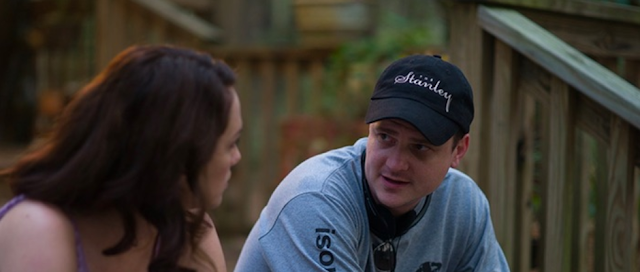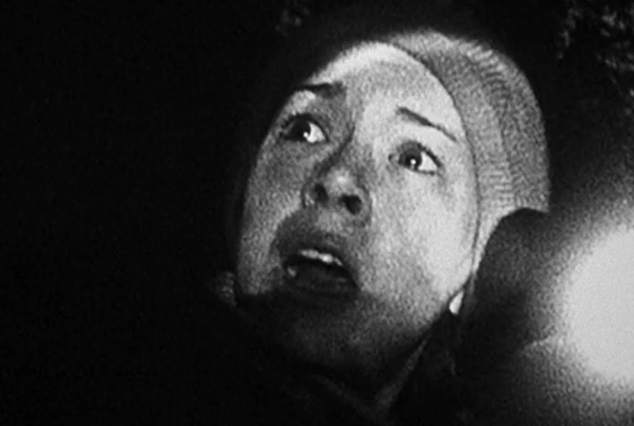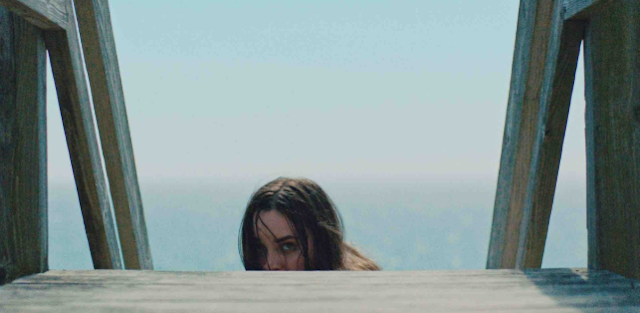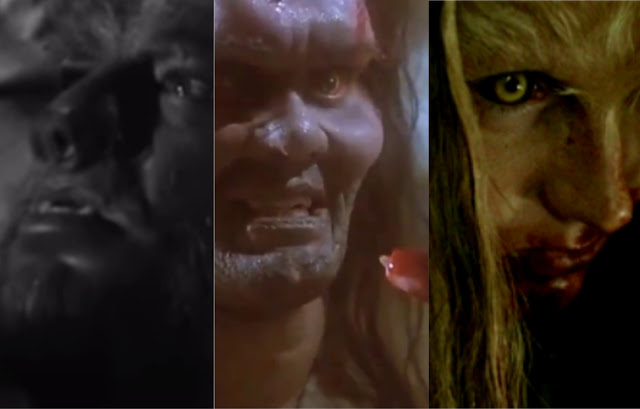Five reasons why Host is an expression of Covid-19 anxieties

WARNING: SPOILERS. As well as being the first great horror movie filmed during the Covid-19 pandemic , Shudder's Host is of the moment in more ways than one. Though the scary-as-hell found footage flick has a relatively by-the-numbers plot involving six friends accidentally summoning a demon, dig deeper and there are several intriguing ways it can be seen as an expression of very specific lockdown anxieties. 1/ The title has multiple meanings The host of a Zoom meeting. The unwitting host of a demonic presence. Yet it also could be the host of a virus like Covid-19. The idea of unwittingly inviting something threatening into our private space - as we see the characters do when they accidentally summon the demon - is very similar to our fear of bringing back the virus to our homes and harming our loved ones. 2/ Together yet alone What Host does better than fellow desktop found footage film Unfriended is emphasise the simultaneous aloneness and togetherness of





